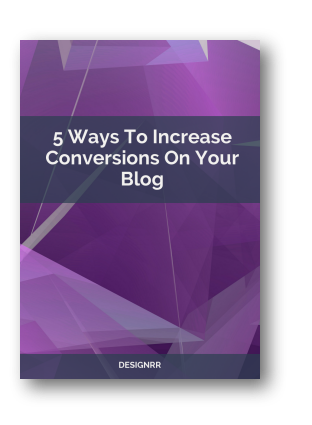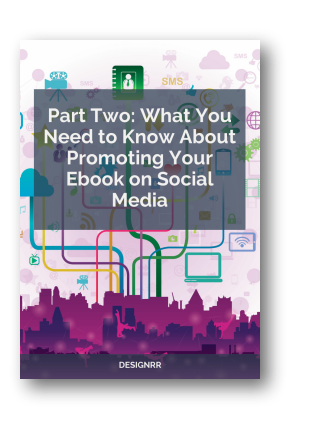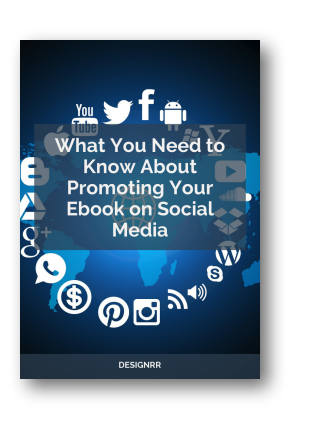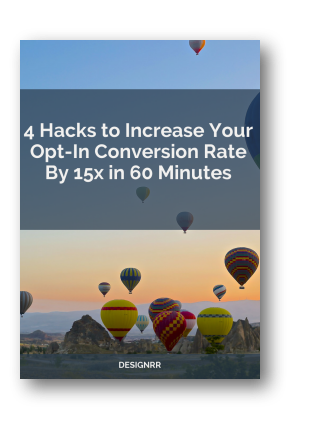Hey there, ebook creators! Ready to take your digital masterpiece from good to great? Let’s talk about finding killer images that’ll make your readers stop scrolling and start reading.
Why Bother with Stock Photos?
Look, we’ve all seen those ebooks that are just walls of text. Snooze fest, right? Adding the right visuals can:
- Break up text and give your readers’ eyes a break
- Explain complex ideas faster than words alone
- Set the mood and tone for your book
- Make your ebook look professional and polished
But here’s the kicker: not all stock photos are created equal. Use the wrong ones, and you’ll look like an amateur. Use the right ones, and you’ll have readers wondering if you hired a pro designer.
Free Stock Photo Sites
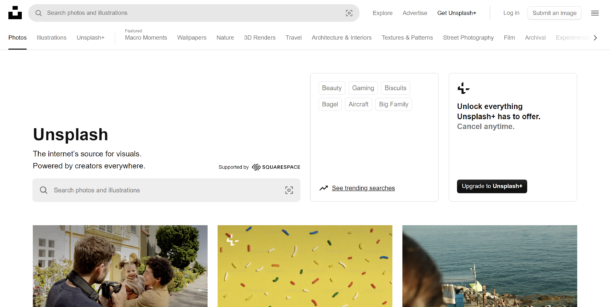
Unsplash
Think of Unsplash as the hipster coffee shop of stock photos. It’s cool, it’s artsy, and best of all, it’s free. You’ll find everything from moody landscapes to quirky close-ups here. Just be warned – some images are so popular, they’re practically celebrities in the stock photo world.
- What’s great: High-quality, often artistic shots
- Watch out for: Popular images get overused
Pro tip: Dig deep into search results to find unique gems.
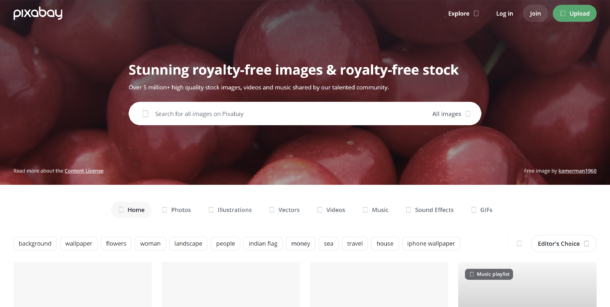
Pixabay
Pixabay is like that friend who’s good at everything. Photos? Check. Vectors? Yep. Even videos? You bet. It’s a one-stop-shop for all things visual. Quality can be hit-or-miss, so bring your detective hat to sort the gems from the duds.
- What’s great: Huge variety – photos, vectors, even videos
- Watch out for: Quality can be hit-or-miss
Pro tip: Use their vector graphics for easy-to-customize ebook elements.

Pexels
If Pixabay is the everything store, Pexels is the carefully curated boutique. Fewer options, but generally higher quality. It’s perfect when you need something polished but don’t have time to sift through thousands of images.
- What’s great: Curated selection, easy to search
- Watch out for: Smaller library than some competitors
Pro tip: Check out their “Collections” for themed image sets.
Paid Stock Photo Options: When to Splash Some Cash
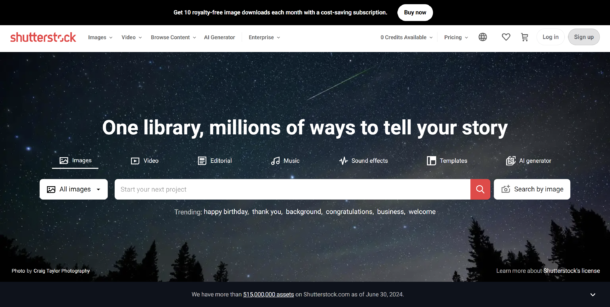
Shutterstock
Shutterstock is the 800-pound gorilla of stock photos. Millions of images, every genre you can imagine, and then some. It’s not cheap, but if you need something specific, chances are they’ve got it. Pro tip: Their subscription plans can save you big bucks if you’re a volume user.
- What’s great: Massive library, advanced search features
- Watch out for: Can be pricey for one-off purchases
Pro tip: Consider a subscription if you’re creating multiple ebooks.
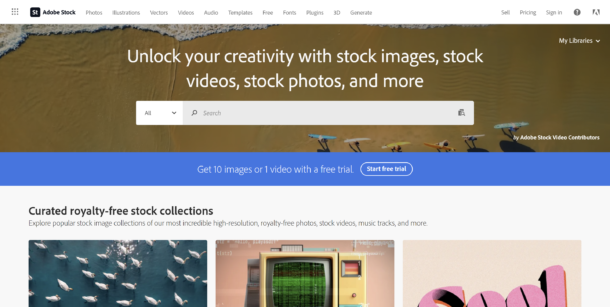
Adobe Stock
Already using Photoshop or InDesign? Adobe Stock plays nice with its Creative Cloud siblings. You can preview stock images right in your designs before you buy. Fancy, right? It’s a bit pricey, but the convenience factor is off the charts.
- What’s great: Seamless integration with Adobe products
- Watch out for: Best value if you’re already using Adobe tools
Pro tip: Try their visual search to find images that match your style.

iStock
Think of iStock as Shutterstock’s more affordable cousin. It’s got a solid selection, including some exclusive content, without breaking the bank. Watch out for their licensing terms, though – some have limits on how many times you can use an image.
- What’s great: Mix of exclusive content and budget-friendly options
- Watch out for: Some licenses have usage restrictions
Pro tip: Read the fine print on licensing, especially for widely distributed ebooks.
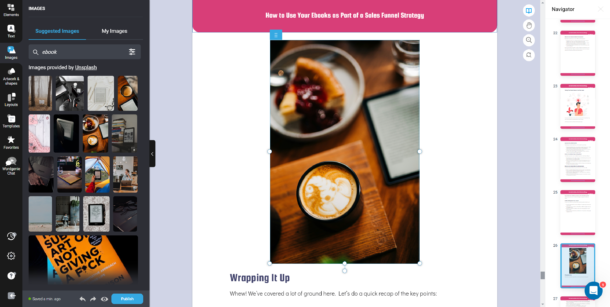
Designrr.io
Alright, here’s a secret weapon for you. Designrr.io isn’t a stock photo site, but it’s got a neat trick: built-in Unsplash integration. You can search, edit, and place Unsplash images without ever leaving the ebook creator. Talk about a time-saver!
Now that you know where to find awesome images, let’s talk about how to use them like a pro…
Check out Designrr’s special offer today.
Making Your Stock Photos Shine
1. Choose Images That Actually Matter
Don’t just throw in pretty pictures for the sake of it. Every image should earn its place. Ask yourself:
- Does this image explain something better than words alone?
- Will this break up a long chunk of text in a useful way?
- Does it set the right mood for this section?
If you can’t answer “yes” to at least one of these, ditch the image and find a better one.
2. Consistency is Key
Your ebook shouldn’t look like a random photo album. Create a cohesive look by:
- Sticking to a specific color palette
- Using similar photographic styles (all candid shots or all studio portraits, for example)
- Applying consistent editing techniques to unify images from different sources
3. Size Matters (For Your File Size)
High-res images look great, but they can bloat your ebook file faster than a kid with a soda fountain. Compress your images without sacrificing quality:
- Aim for 300 DPI for crisp display on high-resolution devices
- Use tools like TinyPNG or ImageOptim to shrink file sizes
- Save in web-friendly formats like JPEG for photos and PNG for graphics with transparency
4. Make It Legal
Nothing kills the buzz of publishing like a copyright infringement notice. Stay out of hot water:
- Always check the licensing terms, even for “free” images
- Give credit where it’s due, especially for Creative Commons images
- Keep a record of where you got each image and its license type
5. Think About All Devices
Your ebook needs to look good whether it’s on a tiny phone screen or a massive tablet. Test your images on different devices and:
- Use percentage-based sizing for images rather than fixed pixel dimensions
- Create alternate versions of complex infographics for better small-screen readability
- Check how your images look in both color and grayscale (for e-ink readers)
Creative Ways to Use Stock Photos
Here’s a table that provides creative ways to use stock photos in an ebook:
| Creative Use | Description | Tips for Maximum Impact | Visual Example Ideas |
|---|---|---|---|
| Chapter Headers | Full-width images with overlaid text to create striking chapter openings. | Ensure text is legible; use contrasting colors for text and background. | Image of a landscape with bold chapter title overlaid. |
| Custom Infographics | Incorporate stock photos as backgrounds or elements to enhance charts, graphs, and data visuals. | Choose images that align with the data theme; ensure the image doesn’t overpower the data. | A bar chart overlaid on a cityscape image. |
| Visual Table of Contents | Pair chapter titles with themed images to create a more engaging and memorable TOC. | Use small, relevant images that hint at the chapter’s content; keep the layout clean and organized. | Icons or thumbnails next to chapter titles. |
| Pull Quotes | Highlight key points by overlaying quotes on relevant stock images. | Select images that visually emphasize the quote’s message; maintain readability. | Motivational quote on a peaceful nature scene. |
| Before and After Images | Show transformations by using stock photos to create compelling before-and-after visuals. | Choose realistic images; ensure both images are from similar angles and lighting to maintain consistency. | A room before and after a makeover. |
| Cover Design | Use a stock photo as the focal point of your cover to attract attention and set the tone. | Select an image that encapsulates your ebook’s theme; balance text and image to ensure the title is clear. | An abstract image with bold title and subtitle. |
| Section Breaks | Use images to create natural breaks between sections, providing visual rest and transition. | Use simple, minimalistic images; avoid distracting from the content. | A calm ocean scene between chapters on productivity. |
| Case Studies or Examples | Use stock photos to illustrate real-world examples or case studies, making them more relatable. | Choose images that depict the scenario accurately; avoid overly staged or unnatural photos. | An office scene for a business case study. |
| Backgrounds for Text Boxes | Use images as subtle backgrounds for text boxes to highlight important information or tips. | Opt for soft, neutral backgrounds; ensure text remains the primary focus. | A soft gradient or blurred cityscape behind a text box. |
| Interactive Elements | Incorporate images into interactive elements like quizzes or clickable links for a more engaging experience. | Choose images that encourage interaction; keep them simple and relevant to the interactive element. | A clickable button with a playful icon or image. |
Cover Design
Your cover is make-or-break territory. Here’s how to nail it:
- Choose a focal point that captures your book’s essence
- Use text that’s readable even as a tiny thumbnail
- Make sure it fits your genre – no horror-style covers for your rom-com!
- Include your name (bigger if you’re well-known, smaller if you’re not)
- Use a subtitle to clarify what readers will gain from your book
Remember, your cover needs to look good big and small. Test it at various sizes before you commit.
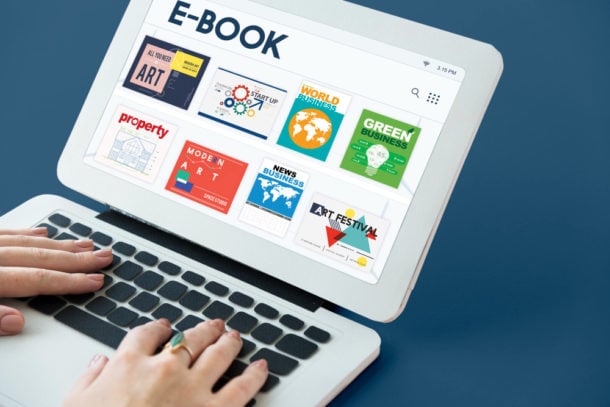
Putting It All Together
Alright, you’ve got the tools. Now let’s create a game plan to make your ebook visually stunning from cover to cover.
- Start with a Vision
Before you go image-hunting, nail down:
- Your ebook’s main message
- Your target audience
- The overall mood you want to convey
This will guide all your visual choices and keep you from getting sidetracked by every shiny image you see.
- Create a Mood Board
Think of this as your ebook’s visual DNA. Collect images, colors, and design elements that fit your vision. It doesn’t have to be fancy – a Pinterest board or a folder on your desktop works fine. Use this as your North Star when making design decisions.
- Pick Your Go-To Image Sources
Don’t waste time scouring every stock photo site on the internet. Choose 2-3 that fit your style and budget. Mix free and paid options to get the best of both worlds.
- Develop a Consistent Editing Style
Decide on a few editing techniques you’ll use across all your images. Maybe it’s a specific filter, a color adjustment, or a way of cropping. This will tie all your visuals together, even if they’re from different sources.
- Map Out Your Layout
Plan where you’ll use images throughout your ebook. Consider:
- Chapter headers
- Section breaks
- Data visualizations
- Pull quotes
- Case studies or examples
Don’t just sprinkle images randomly. Think strategically about where visuals will have the most impact.
- Design Your Show-Stopping Cover
Armed with all your visual planning, tackle your cover design. Remember, it needs to:
- Stand out in a sea of thumbnails
- Clearly convey your book’s topic and tone
- Look good at multiple sizes
- Optimize for Various Devices
Your ebook needs to shine on everything from smartphones to tablets to e-readers. Test your layout and images on as many devices as you can get your hands on. Pay special attention to:
- Image sizing and resolution
- Text readability when overlaid on images
- How complex graphics display on smaller screens
- Get Feedback
Don’t just trust your own eyes. Show your design to others, preferably folks in your target audience. Ask them:
- What mood does the ebook design convey?
- Are the images enhancing or distracting from the content?
- Is anything confusing or hard to read?
Be open to constructive criticism and willing to make changes.
- Do a Final Legal Check
Before you hit publish, double-check all your image licenses and attributions. It’s a pain, but it’s way better than dealing with copyright issues later.
The Bottom Line
Remember, all these visuals serve one purpose: to make your content more engaging and easier to understand. If an image isn’t doing that, no matter how pretty it is, it doesn’t belong in your ebook.
Take one section of your ebook and give it a visual makeover using what you’ve learned. Find the perfect stock photo, edit it to fit your style, and integrate it seamlessly with your text. Then stand back and admire your handiwork. Bet it looks pretty darn good, doesn’t it?

